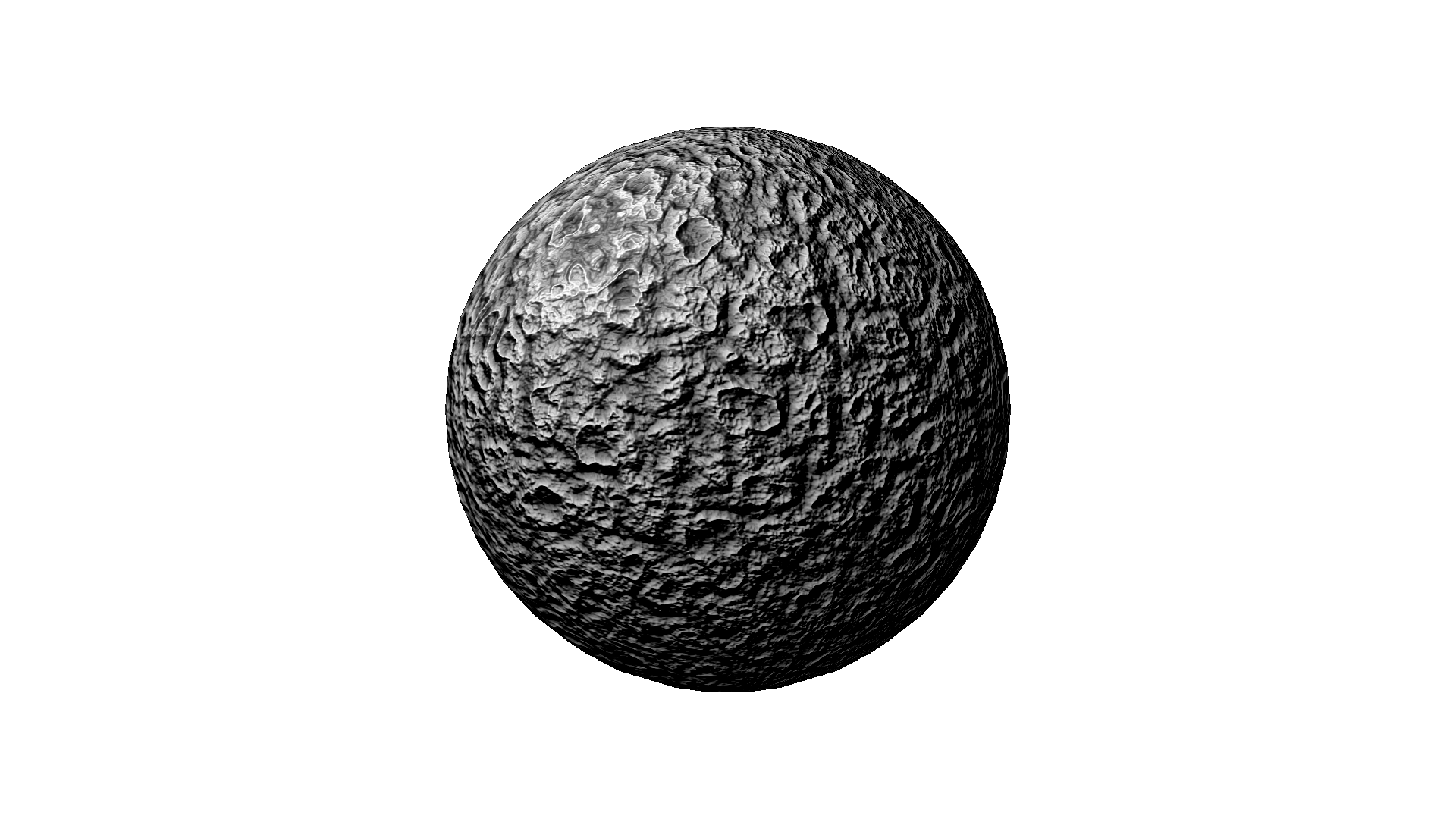In the middle of our other spring project, the timing was right to get our new pets, but that started the six-week clock for building them a place to live. Because, trust me, you do not want these critters living in your basement permanently. My son helped me start the framing, and after a full weekend of work, we had the beginnings of a coop. After that, the weather stopped cooperating for a while, so it took a couple of weeks to get back to it. In the meantime, I stumbled across a ridge vent at Lowe's on clearance for $2 that seems to work pretty good on top. I guess we'll have to wait for summer to find out if it does a good job of keeping things cool inside.
My design was roughly based on the Catawba Coops design, with some modifications to increase the interior space. It's also a foot wider at the base. Beware of these design changes, however! You will wind up with a portable coop that isn't really all that portable -- I think ours weighs about 150 pounds. I also got inspiration from the many designs available on Backyard Chickens. Ours combines features from several different ones.
After another full weekend, we were almost done with construction. One exterior wall and the roof got a coat of primer and two coats of exterior paint, while all of the other exposed wood got a couple of thin coats of Thompson's Water Seal. I also sealed the edges of all the boards with silicone caulk. We ended up taking the fancy waterer back and just ordering some poultry nipples on Amazon and making our own from a couple of plastic juice bottles.
Now for some lessons learned. If you go with a design that involves a ramp, make sure it is no steeper than 45 degrees, and you will want rungs attached to the ramp every three inches, or your pullets will find it difficult to climb. My initial plan involved a removable wall made from a single sheet of half-inch plywood. After the first rain, however, this board warped pretty badly, so I ended up scrapping that and replacing it with hinged panels (patent pending) and some foam weatherstripping to keep the rain out. These have performed flawlessly so far. The most expensive material by far is the wire mesh (which is actually half-inch hardware cloth), but as we have learned from reading up on the subject, chicken wire only keeps chickens in, it doesn't keep predators out. Another indispensable design item is the "poop tray" which is essentially a litter box filled with Stall Dry that completely eliminates the odor and makes collecting the droppings for your compost quick and painless.
We are lucky to have the OK Hatchery nearby for our chicks, feed, and other supplies, and as they have told us, "you chicken people are taking over the world!" Now we are just looking forward to gathering eggs! Stay tuned for pictures of our first omelets!




